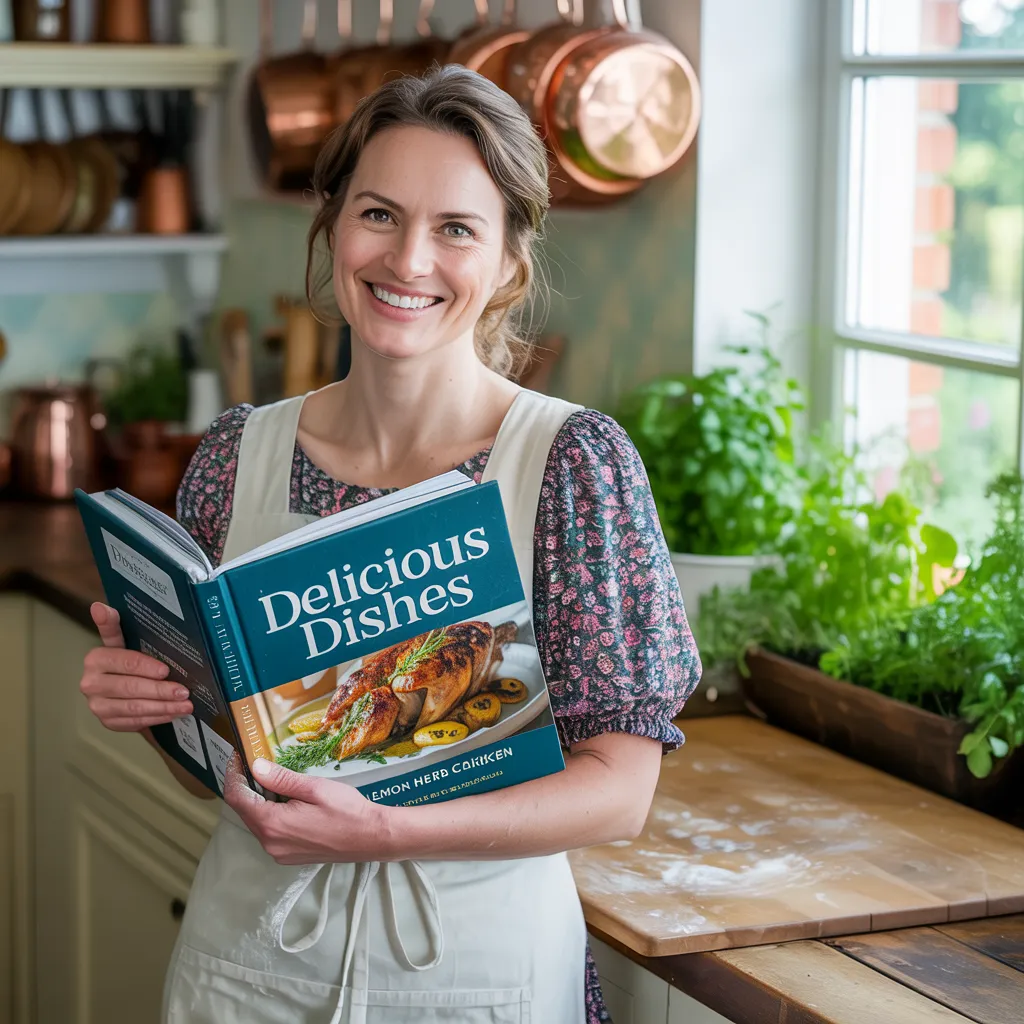
Simple, caramelized roasted acorn squash with olive oil and salt — an effortless, cozy side that showcases winter produce at its best.
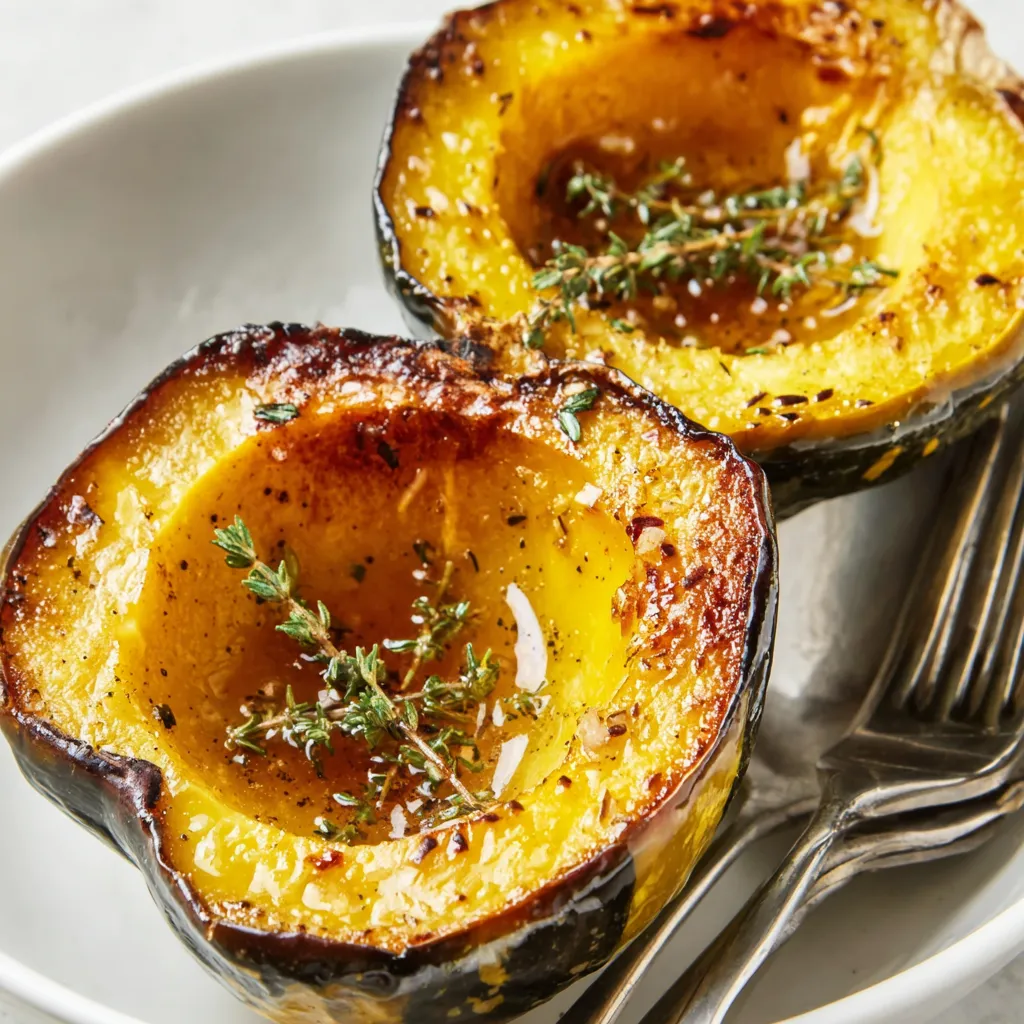
This roasted acorn squash has been my go-to late-autumn side for years — the kind of dish that makes a chilly evening feel like a small celebration. I first learned to roast squash the hard way, burning the skins and under-seasoning the flesh, until one November afternoon I slowed down, followed the squash's natural shape, and discovered that a little olive oil, a pinch of salt, and patience coax out a delicate sweetness and nutty character that feels almost buttery. It’s simple, honest food that fills the kitchen with a warm, squashy perfume and makes everyone at the table smile.
I discovered this exact method the year I hosted my first Friendsgiving. With a crowded oven and limited hands, I needed a side that required almost no attention but offered maximum comfort. These halves emerged golden and tender, the flesh easily sliding off the skin. My guests loved them so much one of my friends asked for the recipe that night. Since then, I’ve made small adjustments — the way I slice through the stem, the timing based on squash size — and the result is reliable: sweet, caramel notes, a silky texture, and a presentation that looks like you fussed for hours when really you didn’t.
When I serve this, family members often reach for seconds — it’s one of those dishes that disappears fast. I love how adaptable it is: sometimes I tuck sage leaves into the cavity before roasting for a woodsy aroma, other times I add a scattering of toasted pepitas for crunch. No matter the finishing touch, the base technique never fails to deliver a comforting, golden-sweet side.
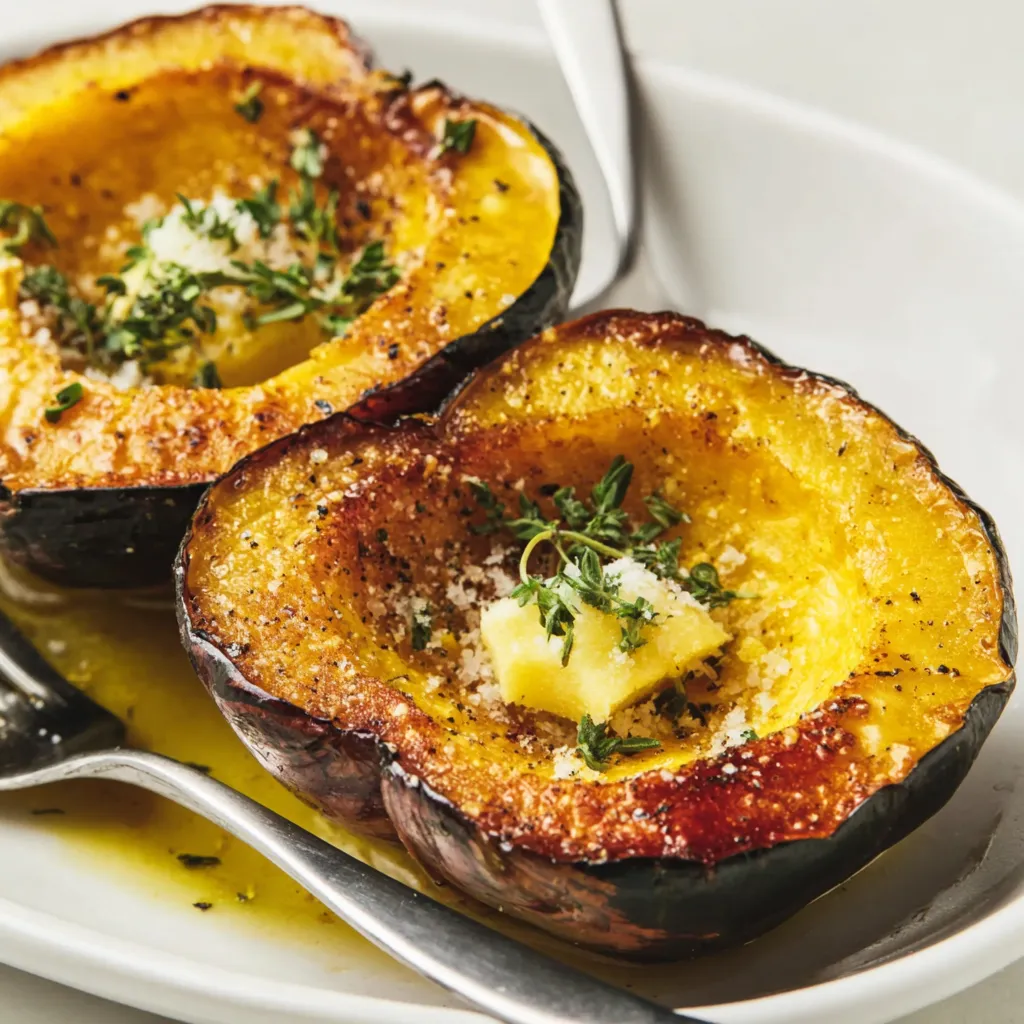
My favorite thing about this method is how consistent it is: even when life is hectic, the oven does most of the work. I remember a winter evening when I roasted three trays at once for a dinner party; they all finished perfectly because I relied on the same visual checks. The result felt festive without fuss, and guests kept passing dishes around the table.
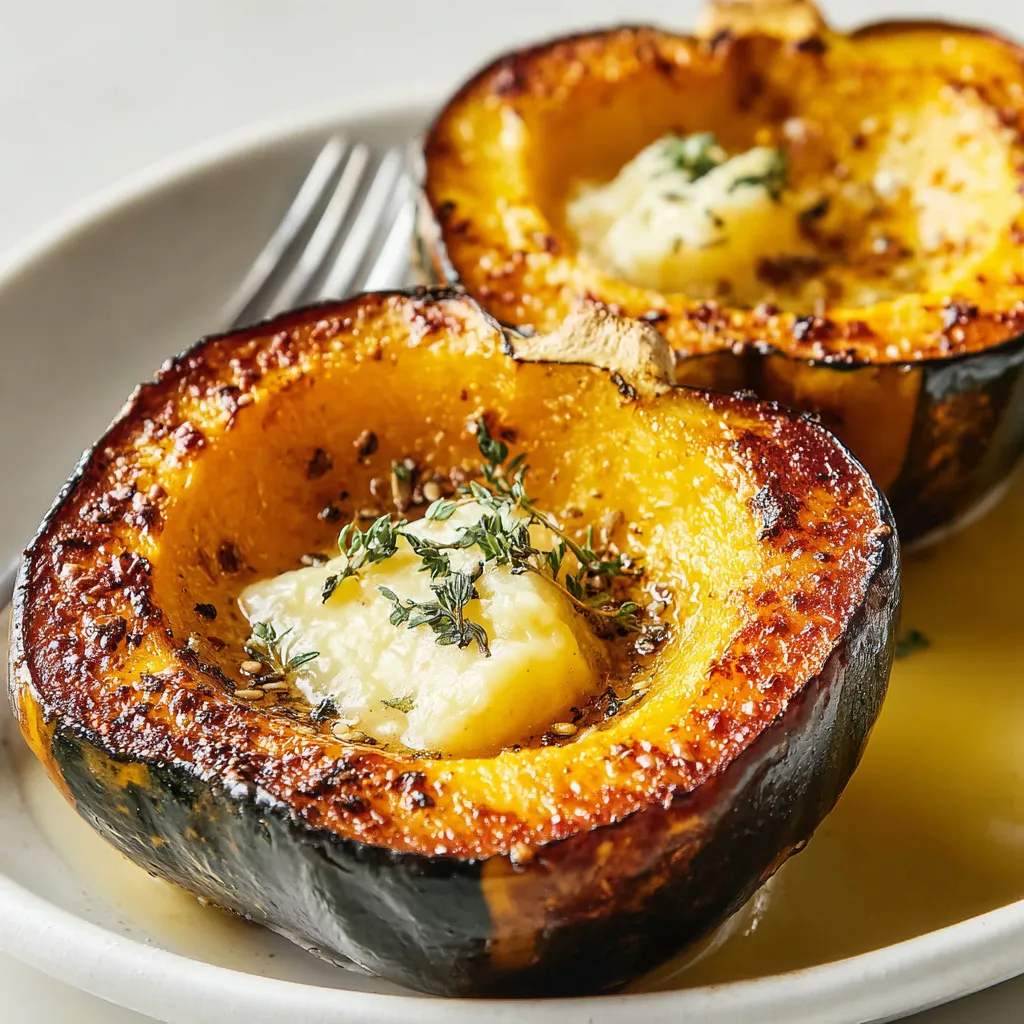
Store cooled leftovers in an airtight container in the refrigerator for up to 4 days. For longer storage, scoop the flesh into freezer-safe containers or heavy-duty freezer bags and freeze for up to 3 months. When reheating from frozen, thaw overnight in the refrigerator and reheat gently in a 350°F oven until warmed through, about 15–20 minutes. Use shallow containers to speed reheating and preserve texture; avoid microwaving for long stretches as it can make the flesh mushy.
If acorn squash isn't available, substitute small pie pumpkins or kabocha squash using the same slicing and roasting approach, adjusting the time for size — pumpkins may take a bit longer. Swap the olive oil for melted butter (same amount) for a richer flavor, or use avocado oil for a neutral finish. For a sweet twist, brush a teaspoon of maple syrup onto each half before turning them cut side up to finish — this heightens caramelization but adds sugar.
Serve halves as an elegant side on a holiday table or scoop the flesh onto salads and grain bowls. Garnish with toasted pepitas, chopped parsley, or a sprinkle of toasted fennel seeds for a nuanced aroma. For a heartier option, stuff the cavity with quinoa, feta, and cranberries or a sage-browned butter and walnut mix. Pair with roasted poultry, pork, or a winter green salad to balance the sweetness.
Squash has been a staple in North American cooking for centuries, cherished by Indigenous growers long before European contact. Acorn squash, a winter variety, became popular for its compact size and sweet, nutty flesh ideal for roasting. Roasting as a technique highlights natural sugars and has roots in simple peasant cooking where minimal seasoning and slow heat transform humble produce into deeply flavored dishes.
In winter, serve with maple butter and roasted chestnuts for holiday flair. During autumn harvests, tuck in sage and browned butter. For spring variations, lighten the finish with lemon zest and a scattering of fresh herbs. The base technique — halving, scooping, oiling, and roasting — remains the same; small ingredient swaps orient the dish to the season.
Roast several squash at once and portion into individual containers for quick weekday sides. Squeeze a little lemon juice over reheated portions to brighten the flavor, and keep toasted seeds in a separate container to preserve crunch. When packing lunches, pair a portion with grain salads or a protein to make a balanced meal that reheats well.
Simple, reliable, and forgiving, this roasted acorn squash is one of those recipes that rewards time and attention in small measures. Whether you're adding it to a holiday spread or keeping dinner easy and nourishing on a weekday, it brings warmth, color, and a subtle sweetness to the table. Make it your own — try different finishes, serve it plain, or turn it into a starring stuffed dish — and enjoy the small, satisfying pleasure of seasonal produce roasted to perfection.
Use a very sharp chef’s knife and stabilize the squash on a towel to slice safely and evenly.
Place cut sides down on the pan to promote better caramelization on the contact surface.
Check doneness by inserting a fork near the center; it should meet little resistance.
If you want a sweeter finish, brush a teaspoon of maple syrup on each half after roasting.
Toast the seeds with a pinch of salt and smoked paprika for a crunchy garnish.
This nourishing perfect roasted acorn squash recipe is sure to be a staple in your kitchen. Enjoy every moist, high protein slice — it is perfect for breakfast or as a wholesome snack any time.
This Perfect Roasted Acorn Squash recipe makes perfectly juicy, tender, and flavorful steak every time! Serve with potatoes and a side salad for an unforgettable dinner in under 30 minutes.

Preheat the oven to 400 degrees Fahrenheit and line a large, rimmed baking sheet with parchment paper for easy clean-up.
Stabilize the squash and, using a sharp chef’s knife, slice from tip to stem following a natural groove to create two even halves.
Use a large spoon to scoop out seeds and stringy bits from each half; discard or reserve seeds for toasting.
Place cut sides up, drizzle olive oil over the flesh, sprinkle evenly with fine salt, rub to coat, then turn cut sides down against the pan to promote browning.
Bake for about 30 to 45 minutes, depending on size, until the flesh is easily pierced by a fork and the surfaces show deepening color.
Turn cut sides up, add desired toppings such as butter, maple syrup, herbs, or toasted seeds, and serve warm.
Last Step: Please leave a rating and comment letting us know how you liked this recipe! This helps our business to thrive and continue providing free, high-quality recipes for you.
Leave a comment & rating below or tag
@royalmorsel on social media!


Juicy beef, sweet-charred peppers, and a silky queso drizzle turn these sliders into the ultimate crowd-pleasing bite for game day or weeknight fun.
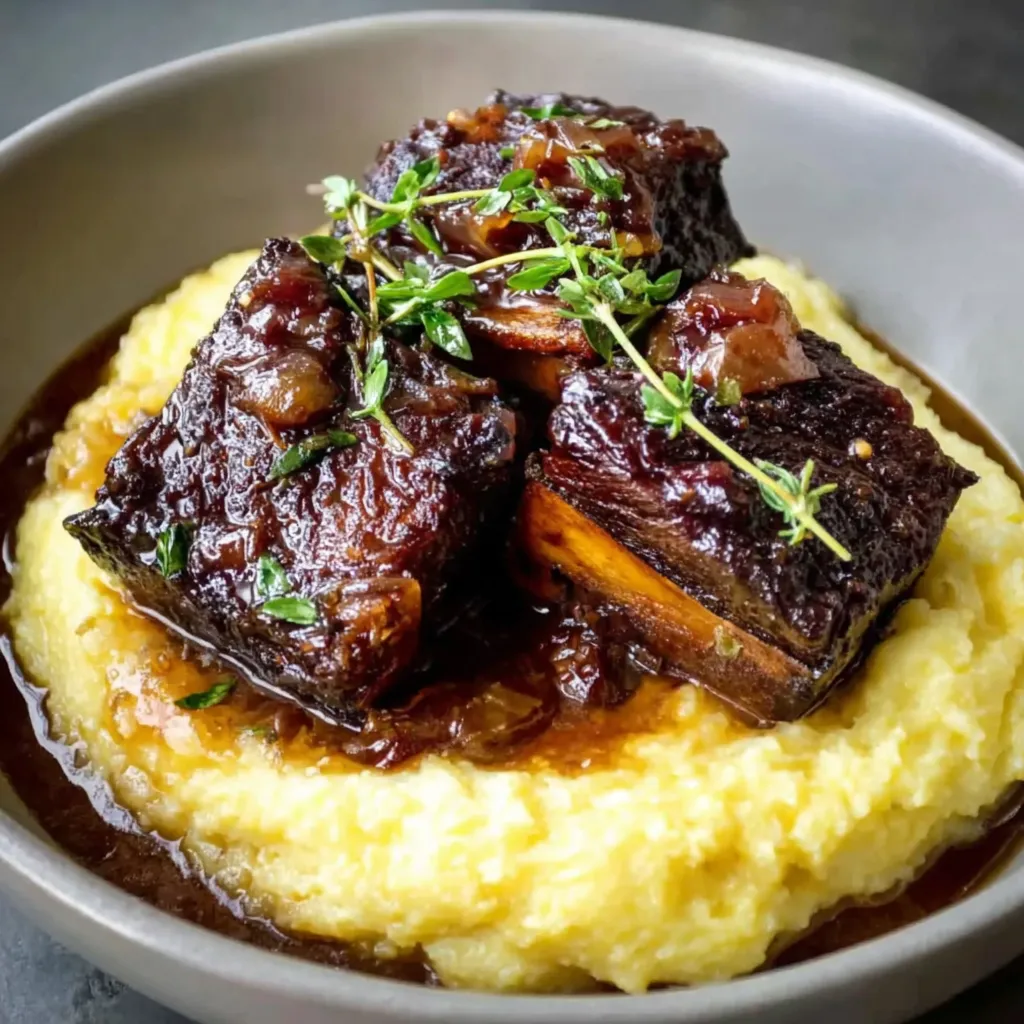
Melt-in-your-mouth braised short ribs nestled over creamy garlic mashed potatoes, all in a rich, herb-scented sauce that feels like a warm hug.
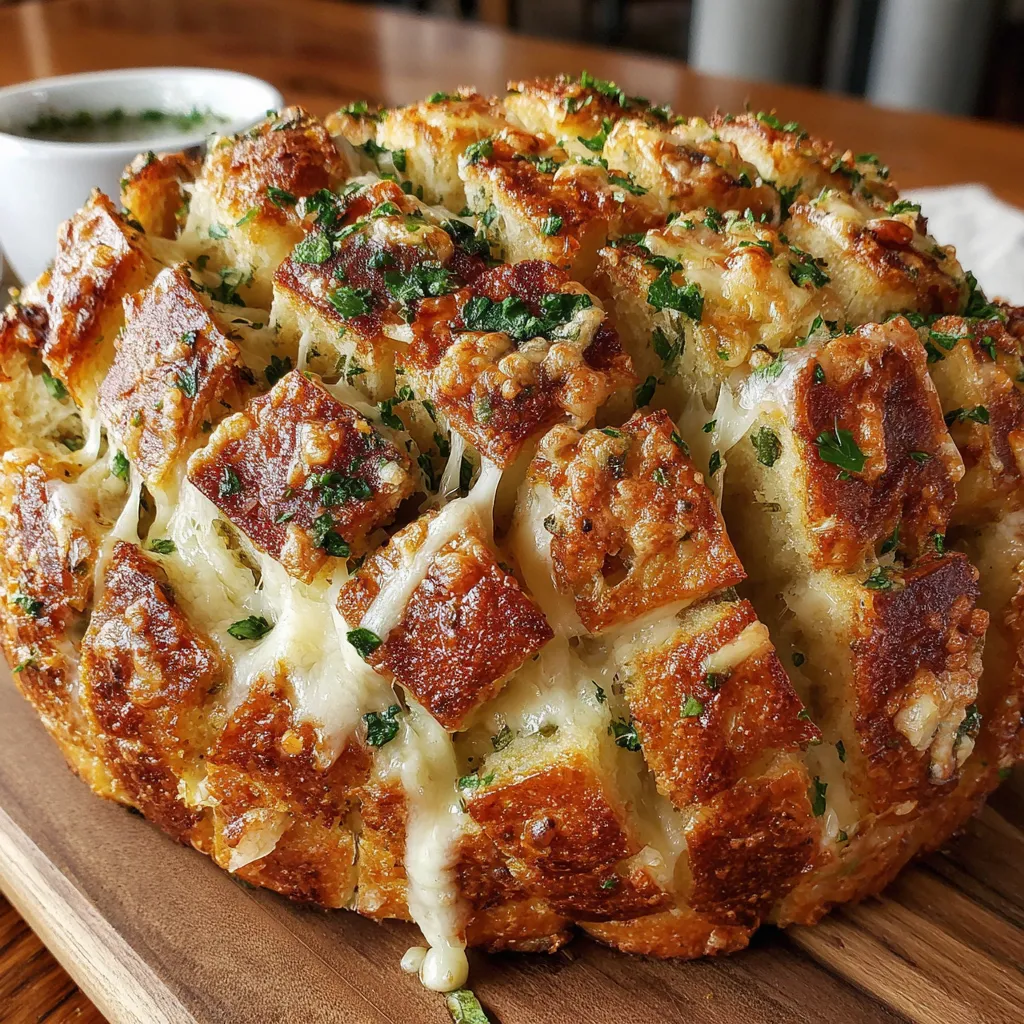
Golden, garlicky pull-apart loaf swaddled in buttery herbs and stretchy mozzarella that begs to be shared warm from the oven.

Leave a comment & rating below or tag @royalmorsel on social media!
Enjoyed this recipe? Share it with friends and family, and don't forget to leave a review!
This recipe looks amazing! Can't wait to try it.
Comments are stored locally in your browser. Server comments are displayed alongside your local comments.
Join to receive our email series which contains a round-up of some of our quick and easy family favorite recipes.